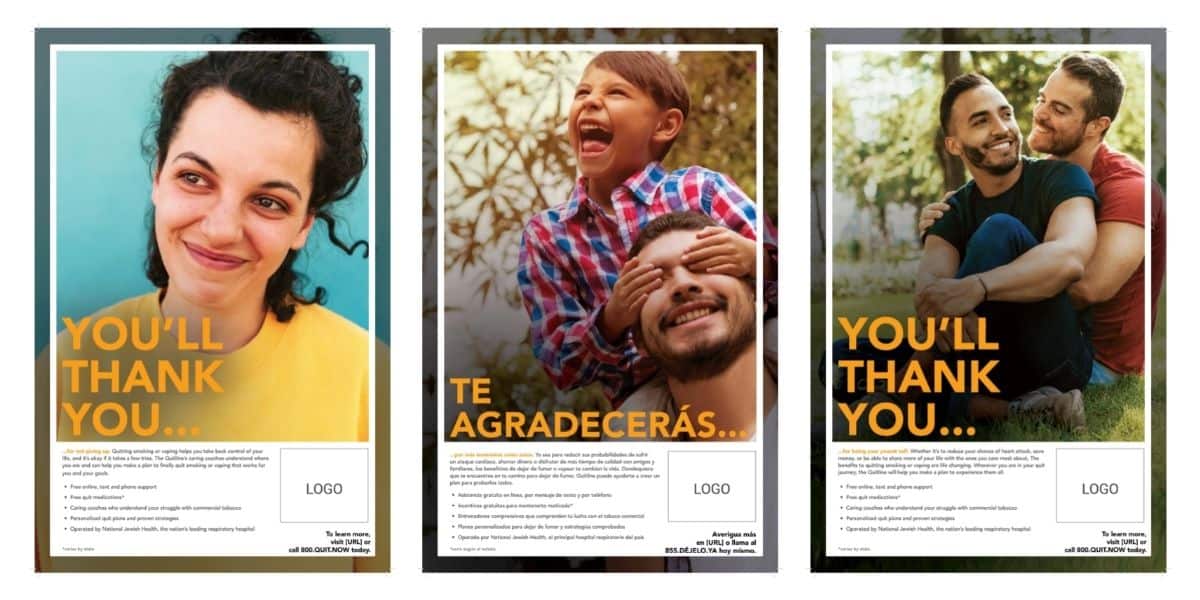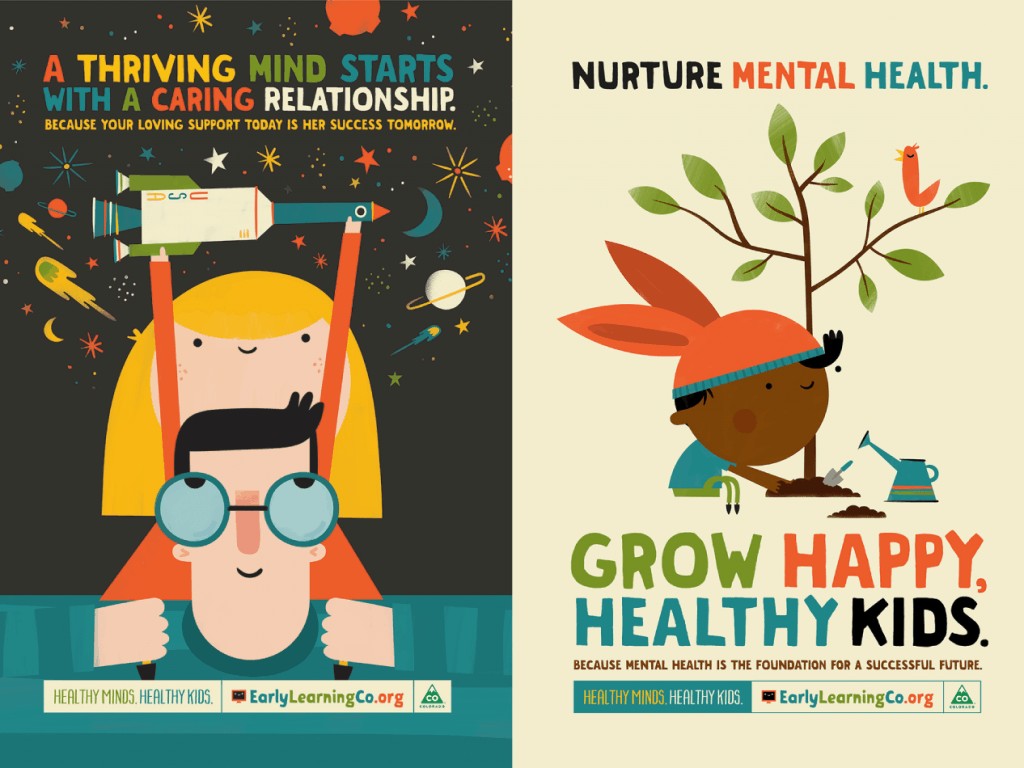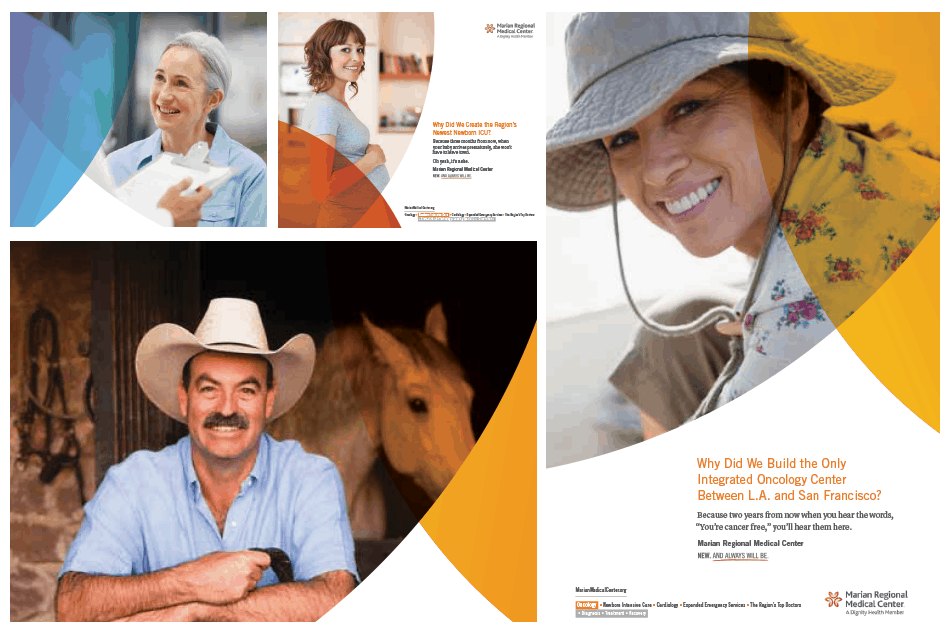
This report focuses on: Telling More (and Better) Stories
Storytelling has been a recurring trend for several years. (SE2 has been talking about it for 20 years.)
What was different this year is how and where big brands and cause-related organizations are telling their stories.
There has been a swing to the poles of storytelling; stories are either increasingly chopped down to just six-seconds or becoming completely immersive.
Six-second Video
While at SXSW, Brandon talked about how organizations have integrated six-second videos into their outreach and advertising mix.
They’re finding success using these super-short videos in one of two ways: to introduce a story and pique audiences’ interests, or, alternatively, to retarget people to “close the deal” by taking some action (i.e., make a sale, get a donation, call a legislator). This shorter length doesn’t work particularly well for trying to explain why someone should care or how a process works. The format is just too short to do that.
Immersive Stories
On the completely opposite side of the spectrum, organizations are creating immersive video experiences that run exponentially longer than six seconds.
Virtual reality (a fully fake / computer-generated world) and augmented reality (a hybrid of real world with virtual overlay) have been mainstream for several years now and are being used as part of the immersive storytelling toolset. What was new this year is an increasingly “merged reality” of storytelling.
The Azrieli Foundation showed a stunning example of the power of stories through its project Re:Collection.
Recognizing that within a few years all Holocaust survivors will be gone, the Azrieli Foundation decided to collect their stories as a way to keep a story alive – through the most meaningful, impactful storytellers – for all time.
It brought Holocaust survivors back to locations that were personally meaningful to them and filmed not only their story, but also pre-recorded answers to 1,000 different questions (more on the 1,000 questions in a moment).
The stories were shot in a way that allowed the foundation to create near 3D hologram/video projections of the survivor, which could then be projected in an exhibit that currently lives at USC.
Visitors to the Re:Collection exhibit stop to listen to the story as told by one of the survivors. Once the story is over, the visitor can then interact with the “survivor” by asking nearly any relevant question they can imagine. The “survivor” (or rather their hologram) responds to that question with one of the 1,000 pre-recorded answers.
[work-gallery]
So what does this mean for your organization?
- Stories are more important than ever and organizations without them will continue to fight for attention, losing out to similar organizations that tell persuasive stories in multiple formats. Those stories shouldn’t talk about what you do or how you do it.
- Stories need to make the viewer feel. As it was eloquently put by the filmmaker behind the Re:Collection stories, “After hearing his story I didn’t feel like I heard a story. I felt like I had lived his life.”
That’s what storytelling is all about.
< Previous: See all five trends | Next trend: Dissolving Traditional Gender Identities >




